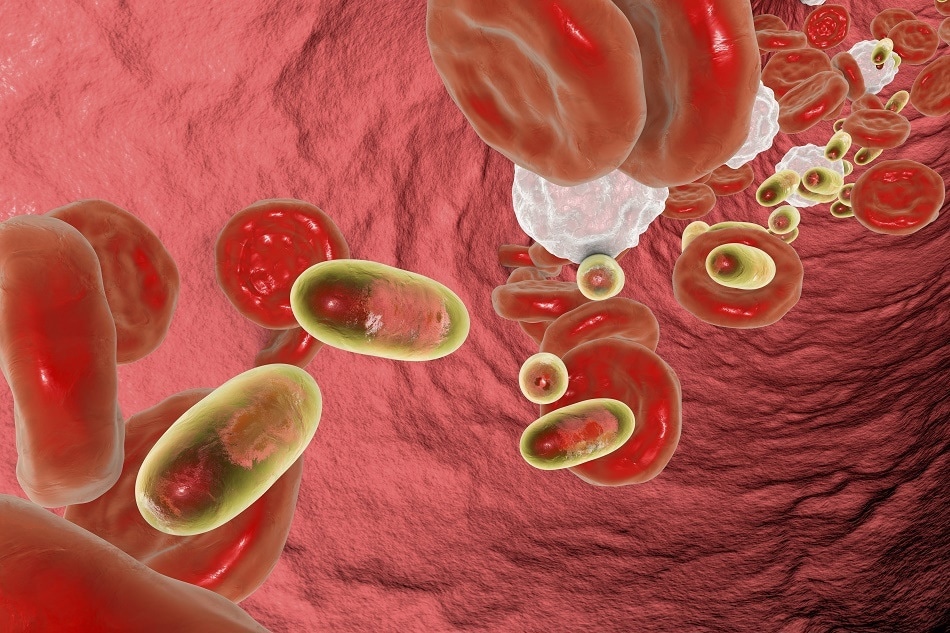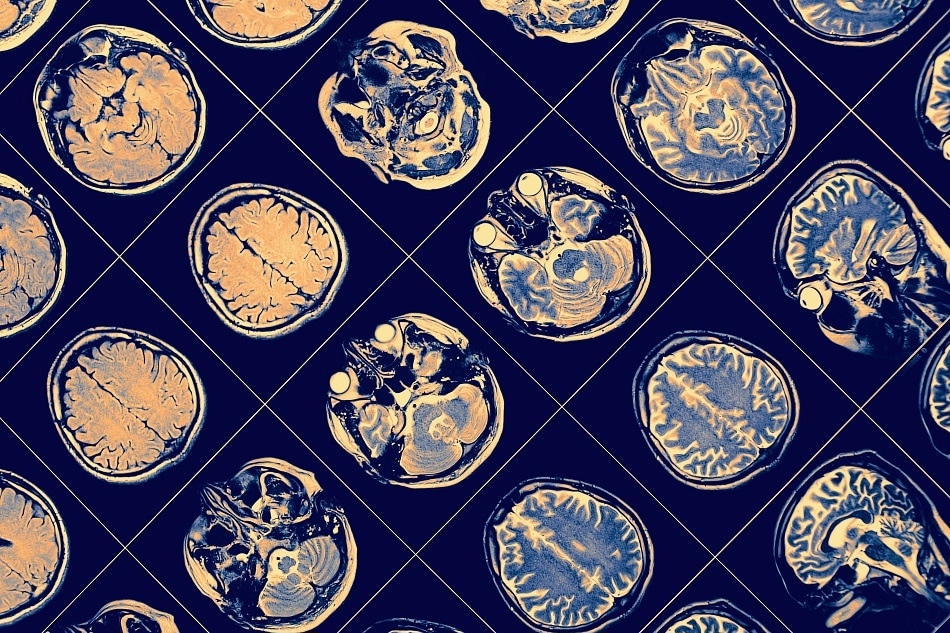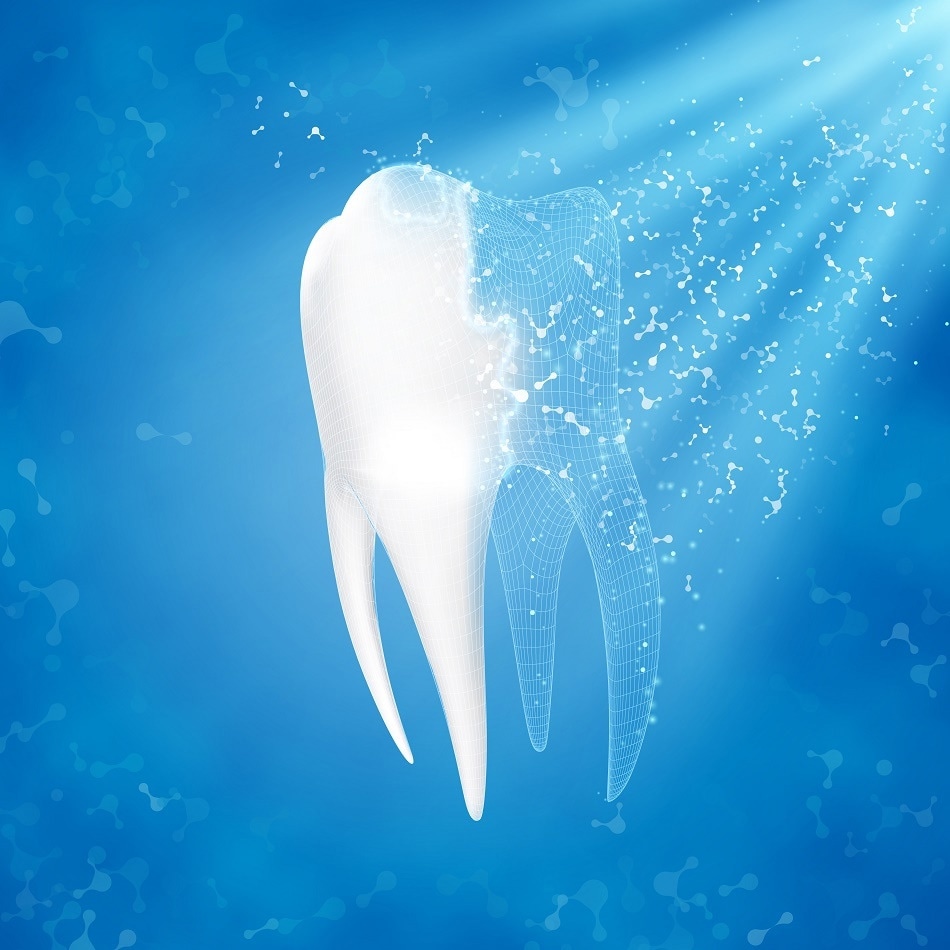Medical nanotechnology, or nanomedicine, is defined as a combination of both science and technology that utilizes nanoscale structured materials to diagnose, treat and prevent disease and traumatic injury.

Shutterstock.com/KaterynaKon
How is Nanotechnology Used in Medicine?
Those combining nanotechnology and medicine are particularly interested in addressing challenges and shortcomings of conventional medical treatments including poor bioavailability and target specificity, as well as potential systemic and organ toxicity.
At the nanoscale, materials exhibit several unique properties compared to their bulk counterparts. For example, nanomaterials enable the soluble aqueous dispersions of active, but poorly soluble molecular agents. They also work to protect active ingredients from degradation by endogenous defense mechanisms like enzymatic degradation, immunodegradation and sequestration by the reticuloendothelial system (RES) in the bloodstream.
Medical nanotechnology can further be divided into numerous categories, including nanodiagnostics, nanocarriers for targeted drug delivery and drug loading, nano-based robotics, as well as medical devices.
What is Nanodiagnostics?
A number of medical diagnostic techniques that are based on nanotechnology continue to emerge in the world of research. For example, NanoFlares are nanoparticles that are designed to specifically bind and generate light to target cancer cells, thereby allowing for the accurate and precise detection of method cancer cells throughout the body2. NanoFlares is especially useful for the detection of cancer cells in the bloodstream.
Additional advances involve the use of nanoparticles in medicine that attach to cancer tumors and release peptides that hold a high concentration of the biomarkers that typically indicate the very early stages of cancer2. Identifying cancer at these stages, even before the appearance of noticeable symptoms would greatly increase the prognosis of cancer patients, enhancing cancer treatments.
The use of magnetic nanoparticles combined with nuclear magnetic resonance (NMR) technology has also been shown to allow early diagnosis of brain cancer, as the magnetic nanoparticles can attach to microvesicles2, which are particles within the bloodstream that originate in brain cancer cells. These are just a few of the innumerable research initiatives that are currently taking place in medical nanotechnology.

Shutterstock.com/SFAM_Photo
Using Nanocarriers to Deliver Drugs
The composition, size, biodegradability, morphology and surface functionality of polymeric nanocarriers can be specifically designed for a variety of medical applications including sensing, imaging, and therapeutics1. As nano-based drug delivery systems, nanocarriers can be specifically designed to release drugs to specific cells following controlled biodegradation of the polymer or activation of a stimulus.
Additionally, biodegradable polymeric nanoparticles that contain a heteroatom backbone, such as those derived from polyesters, poly(amino esters), polyamides and chitosan, can facilitate hydrolysis and bond cleavage to provide a controlled drug release in the patient.
Applications of Medical Nanotechnology Nanodentistry
Some novel approaches involved in medical nanotechnology take place in dentistry, and have been found in research studies investigating local anesthetics, the treatment of dentition renaturalization and permanent hypersensitivity cure, single as well as for use in orthodontic realignments or as dental nanorobotics.
For example, nanorobots can be utilized for specific motility mechanisms to navigate through human tissue, alter nerve impulse traffic in individual nerve cells, or as dendrifices that deliver mouthwash or toothpaste at least once a day to metabolize any trapped organic matter that can be the source of foul breath odors3. To control these nanorobots, an internal nanocomputer executes preprogrammed instructions to respond to the stimuli of local neuronal sensors.

Shutterstock.com/Makstorm
References and Further Reading
Chen, G., Roy, I., Yang, C., & Prasad, P. N. (2016). Nanochemistry and Nanomedicine for Nanoparticle-based Diagnostics and Therapy. Chemical Reviews. DOI: 10.1021/acs.chemrev.5b00148.
“Nanotechnology in Medical Diagnostics” – UnderstandingNano
Patil, M.. Meghta, D. S., & Guvva, S. (2008). Future impact of nanotechnology on medicine and dentistry. Journal of Indian Society of Periodontology. DOI: 10.4103/0972-124X.44088.
Disclaimer: The views expressed here are those of the author expressed in their private capacity and do not necessarily represent the views of AZoM.com Limited T/A AZoNetwork the owner and operator of this website. This disclaimer forms part of the Terms and conditions of use of this website.